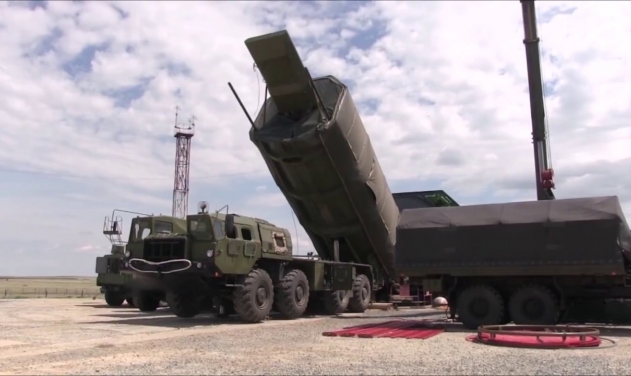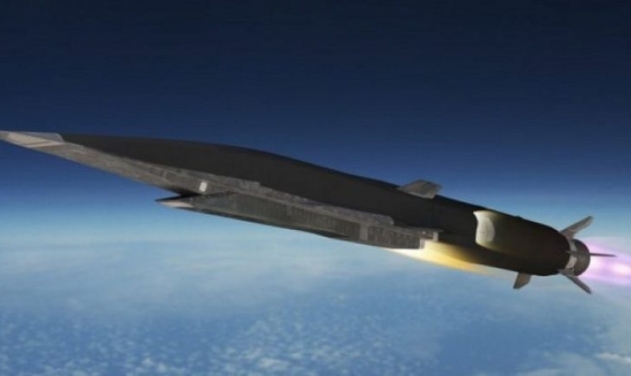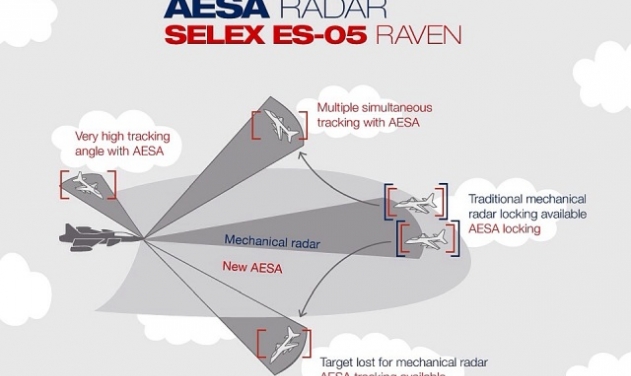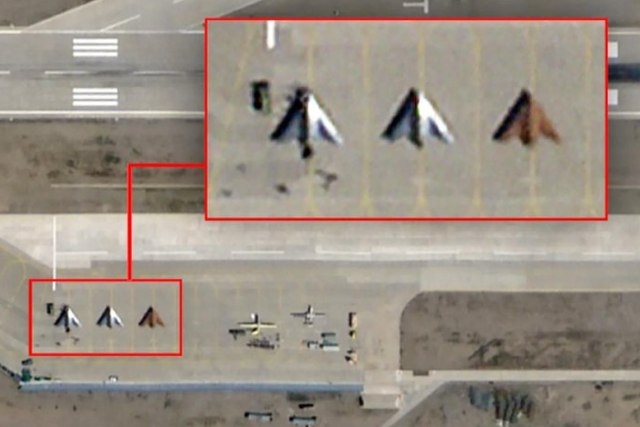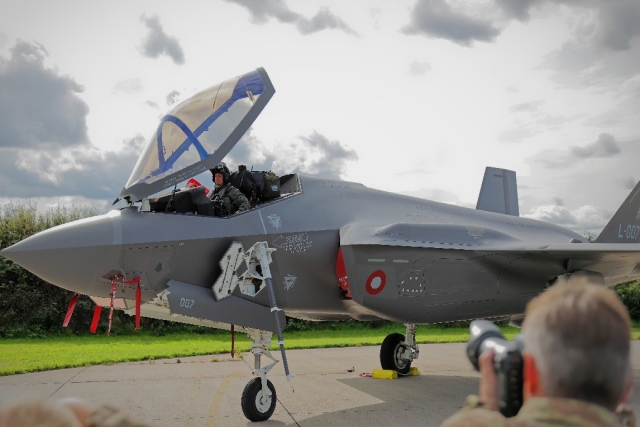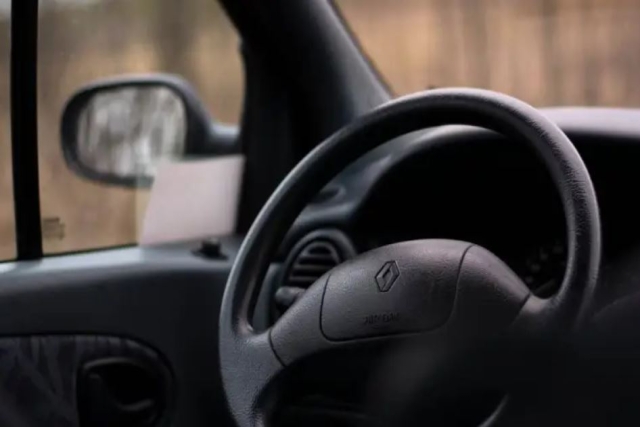BAE Systems’ Demos ‘Flap-free’ technology to Make Aircraft Lighter, Stealthier

In what is claimed as the most significant development in aircraft design since the invention of wing warping by the Wright brothers, BAE Systems and the University of Manchester flew the MAGMA unmanned aerial vehicle (UAV) to demonstrate two innovative flow control technologies which could revolutionise future aircraft design.
MAGMA, designed and developed by researchers at The University of Manchester in collaboration with engineers from BAE Systems, successfully trialled the two ‘flap-free’ technologies earlier this month at the Llanbedr Airfield, UK.
The technologies demonstrated in the trials were:
Wing Circulation Control: Taking air from the aircraft engine and blowing it supersonically through narrow slots around a specially shaped wing tailing edge in order to control the aircraft.
Fluidic Thrust Vectoring: Controlling the aircraft by blowing air jets inside the nozzle to deflect the exhaust jet and generate a control force.
The technologies have been designed to improve the control and performance of aircraft. By replacing moving surfaces with a simpler ‘blown air’ solution, the trials have paved the way for engineers to create better performing aircraft that are lighter, more reliable and cheaper to operate. The technologies could also improve an aircraft’s stealth as they reduce the number of gaps and edges that currently make aircraft more observable on radar.
Julia Sutcliffe, Chief Technologist, BAE Systems Air, said: “MAGMA is a great example of how collaborating with bright minds at British universities can deliver ground-breaking research and innovation.”
Bill Crowther, senior academic and leader of the MAGMA project at The University of Manchester, added: “We are excited to have been part of a long-standing effort to change the way in which aircraft can be controlled, going all the way back to the invention of wing warping by the Wright brothers.”
